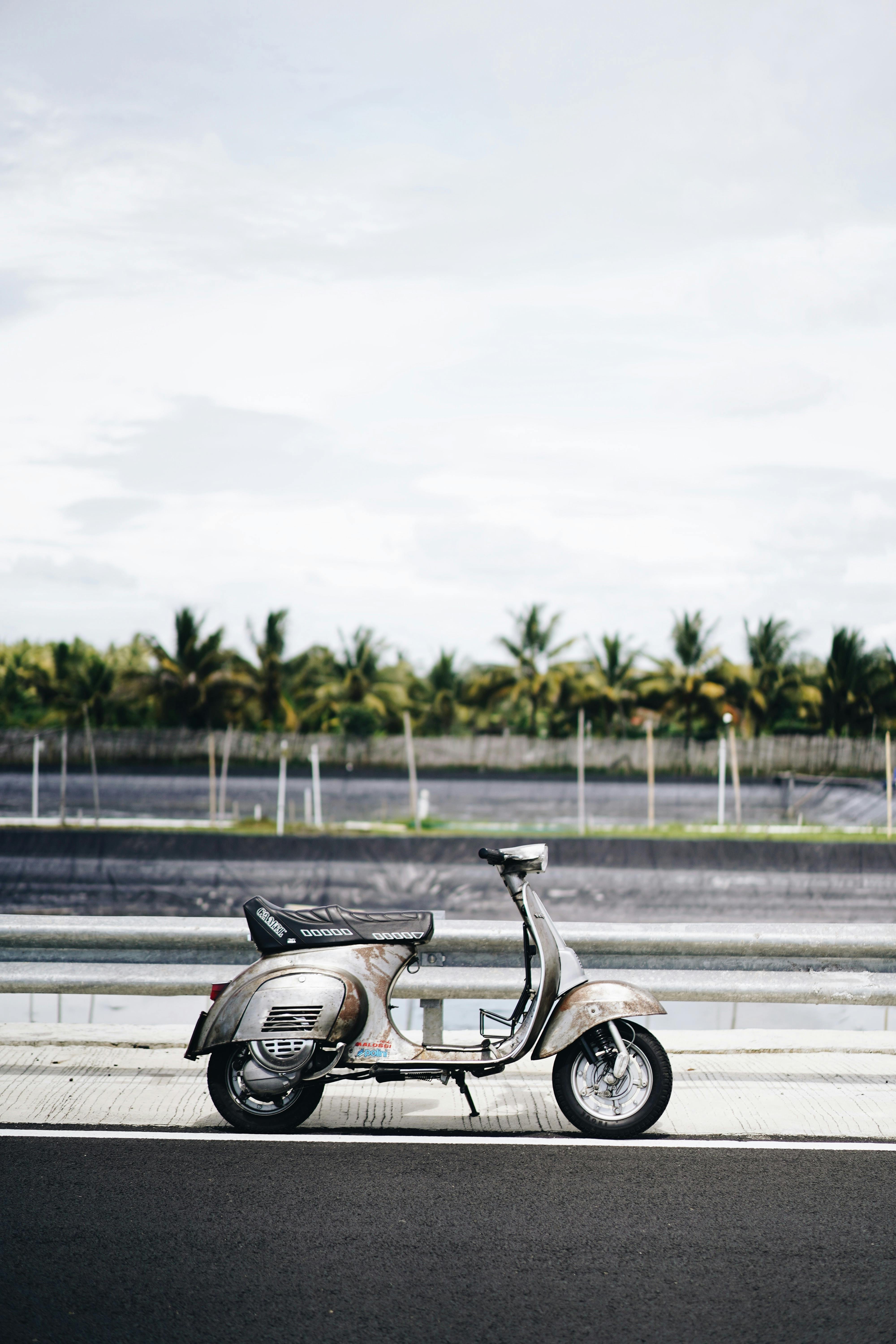Traveling with Hamsters: Essential Tips for a Stress-Free Journey
Preparing for the Trip with Hamsters
Traveling with hamsters can be a delightful yet challenging experience, especially if you want to ensure their safety and comfort. Before embarking on your journey, it’s crucial to prepare adequately. Start by choosing the right **hamster carrier**, which should be spacious enough for your pet to move around without feeling cramped. Ensure the carrier is well-ventilated and secure to prevent any escapes. Furthermore, it’s advisable to acclimate your hamster to the carrier a few days before the trip to reduce their anxiety.

Choosing the Right Carrier
When selecting a carrier for your hamster, consider one that is designed specifically for small animals. Look for carriers with solid flooring, ample ventilation, and a locking mechanism to ensure safety. Avoid cardboard boxes or containers that can easily collapse or become damp. It’s also a good idea to include familiar items from their habitat, such as bedding or a favorite toy, to provide comfort during travel.
Essential Supplies for the Journey
Having the right supplies can make all the difference when traveling with your hamster. Pack their **regular food**, water, a small dish, and a portable water bottle. Consider bringing along a travel-friendly litter and a waste bag to keep the carrier clean. If your journey is lengthy, schedule breaks every few hours to offer your hamster a little exercise out of their carrier in a safe, enclosed space.
Traveling by Car with Hamsters
Traveling by car is one of the most common methods of transport for pet owners. However, it comes with its own set of challenges. Before hitting the road, ensure your vehicle is hamster-proofed. Secure any loose items that might fall and harm your pet during the journey. Keeping your hamster in a stable environment will minimize stress and ensure their safety.
Maintaining a Comfortable Environment
Hamsters are sensitive to temperature changes; thus, maintaining a comfortable environment in your vehicle is vital. Avoid extreme temperatures by parking in shaded areas and using climate control to keep the car at a comfortable temperature. Keeping the carrier covered with a light cloth will help limit their exposure to sudden movements and bright lights, providing them a sense of security as they travel.
Handling Car Travel Anxiety in Hamsters
Many hamsters can experience travel anxiety, which is why it’s important to keep them calm. Speak softly to them during the journey and avoid loud noises or sudden movements. If your hamster seems stressed, consider offering small treats to distract them. It may also help to play calming music at a low volume to create a relaxing atmosphere.
Air Travel Considerations for Hamsters
Flying with hamsters can be more complicated than road travel. Always check with the airline regarding their pet policies before planning your flight. Each airline has specific regulations regarding the size of the carrier, the type of animal allowed, and whether they can travel in the cabin or cargo.
Choosing the Right Airline
Not all airlines are hamster-friendly; therefore, researching and selecting one that accommodates your furry friend is essential. Look for airlines that allow small pets in the cabin, as this is the safest option for your hamster. Additionally, inquire about fees, as some airlines charge for pet travel. Proper documentation, such as health certificates, may also be required.
Preparing for the Flight
Prior to your flight, ensure your hamster is familiar with their carrier. Allow them to explore the carrier at home beforehand, and avoid feeding them a large meal shortly before travel to prevent discomfort. Bring along a small portion of their food for during the flight and follow TSA guidelines for flying with pets. Ensure to keep the carrier secure and have it frequently in your line of sight.
Post-Travel Care for Your Hamster
After a journey, your hamster may need some time to readjust to their environment. It’s important to provide them with a comfortable space upon arrival. Set up their cage in a quiet part of your home where they can gradually acclimate. Observe their behavior for any signs of stress or illness, such as lethargy or a lack of appetite.
Re-establishing a Routine
Once your hamster is settled in, work on re-establishing their routine. Keep feeding, playtime, and handling consistent with what they were accustomed to before the trip. This will help them feel secure and reduce any lingering anxiety from the travel experience. Engaging with them through playtime will not only help divert their attention from any stress but also strengthen your bond.
Monitoring Health After Travel
After your journey, keep a close eye on your hamster’s health. If they show any signs of stress or illness, consider consulting a veterinarian. Providing a stress-free environment is key during this period, as it helps in quicker recovery. Encouraging exercise back in familiar surroundings with their toys and tunnels can also help them regain normalcy.
Conclusion
Traveling with hamsters can be a rewarding experience if approached with proper planning and care. By preparing adequately and considering their needs, you can ensure a safe and enjoyable journey for both you and your furry friend. Whether you’re hitting the road or boarding a plane, these essential tips will help you provide a comfortable travel experience for your hamster that keeps them happy and stress-free.
Key Takeaways
- Prepare a comfortable and secure carrier for your pet.
- Maintain a stable, calm environment during travel.
- Research airline policies thoroughly when flying.
- Provide a stress-free post-travel environment.
- Monitor your hamster’s health before and after travel.
FAQ
1. Can I fly with my hamster in the cabin?
Yes, most airlines allow small pets, including hamsters, in the cabin. However, it’s essential to check with the airline beforehand about their specific policies and requirements for traveling with hamsters.
2. What supplies should I pack for my hamster during travel?
Pack essential supplies such as food, a small water dish, a water bottle, bedding, a waste disposal bag, and familiar toys to create a comfortable environment for your hamster while traveling.
3. How can I calm my hamster during travel?
Calming your hamster can be achieved by speaking softly to them, providing their favorite treats, and using a covered carrier. Regular breaks during long trips can also help alleviate anxiety.
4. Is it safe to travel with a hamster in hot weather?
Traveling during hot weather can be risky for hamsters, as they are sensitive to temperature changes. Always keep your vehicle air-conditioned and avoid direct sunlight to ensure their safety.
5. How long can a hamster travel in a carrier?
Hamsters can typically travel comfortably for several hours in a carrier, but it’s important to take breaks every few hours for food, water, and exercise. Long trips may require more stops to ensure their comfort.
6. What should I do if my hamster seems sick after traveling?
If your hamster shows symptoms of illness after traveling, such as lethargy or loss of appetite, consult a veterinarian immediately to ensure they receive the required care and attention.
